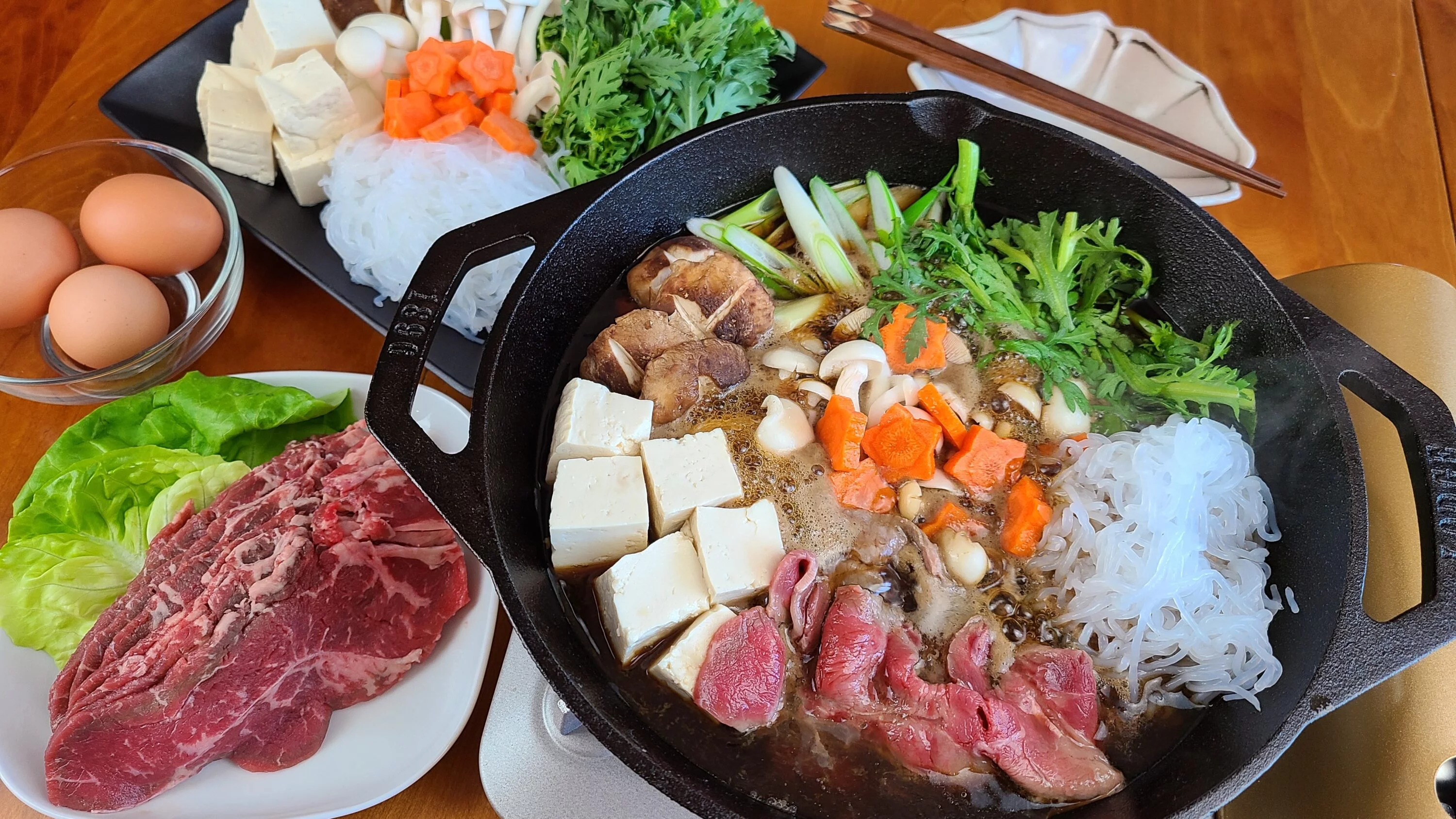
Recipe: Simple Salmon Nigiri for Beginners
Salmon nigiri is one of the most popular forms of sushi — a delicate combination of lightly seasoned rice and fresh slices of salmon. Known for its elegant simplicity, this dish celebrates the balance of flavor, texture, and presentation that defines Japanese cuisine. In this step-by-step guide, you’ll learn how to prepare salmon nigiri at home using accessible ingredients and careful technique, all while honoring the traditional approach.
What is Salmon Nigiri?
Nigiri is a type of sushi consisting of a small hand-shaped portion of sushi rice topped with a slice of fish. “Nigiri” comes from the Japanese word meaning “to grasp” or “to hold,” which reflects the way the rice is molded by hand. Salmon nigiri pairs the mild richness of salmon with vinegared rice, creating a clean and balanced flavor that’s easy to enjoy for beginners and experienced sushi lovers alike.
Ingredients You’ll Need
- Fresh salmon (sashimi-grade, thinly sliced)
- 1 ½ cups sushi rice (cooked and seasoned)
- 1 tablespoon rice vinegar (for hand shaping)
- Wasabi (optional, for layering)
- Soy sauce (for dipping)
- Pickled ginger (for cleansing the palate)
Step 1: Prepare the Sushi Rice
The base of nigiri is sushi rice seasoned with a mixture of rice vinegar, sugar, and salt. Make sure the rice is slightly warm but not hot when shaping. It should be sticky enough to hold its shape without clumping. If you need help making perfect sushi rice, refer to your earlier guide on “How to Make Perfect Sushi Rice Every Time.”
Step 2: Prepare the Salmon
Use fresh, sashimi-grade salmon for safety and best texture. Slice the salmon against the grain into thin pieces, around 2–3 inches long and 1 inch wide. Each slice should be smooth and even to lay neatly on top of the rice. Keep the salmon chilled until ready to assemble to maintain freshness.
Step 3: Shaping the Rice
Moisten your hands lightly with a mix of water and a touch of rice vinegar to prevent sticking. Take a small portion of rice (about the size of a ping-pong ball) and gently shape it into an oval using your fingers. The rice should be firm enough to hold its form but soft enough to remain airy inside.
Step 4: Assembling the Nigiri
Place a thin layer of wasabi (if using) on one side of the salmon slice. Lay the salmon on top of the shaped rice, wasabi side down. Press lightly with two fingers to secure the fish onto the rice. The pressure should be gentle — just enough to make them hold together without compressing the grains.
Step 5: Presentation and Serving
Arrange the finished salmon nigiri pieces neatly on a plate. Traditional presentation includes serving with soy sauce on the side and a small portion of pickled ginger for cleansing the palate between bites. The beauty of nigiri lies in its simplicity — each piece is crafted to highlight the balance between rice and fish.
Tips for Perfect Nigiri
- Use sashimi-grade fish: Always choose fish that is specifically prepared for raw consumption.
- Work with warm rice: Slightly warm rice adheres better to the fish than cold rice.
- Keep your hands clean and damp: This prevents the rice from sticking while shaping.
- Gentle pressure: Press lightly when forming nigiri to maintain the rice’s texture.
Common Mistakes to Avoid
One common error is pressing the rice too tightly, which makes the nigiri dense. Another is using rice that’s too dry or overcooled — it won’t hold its shape well. Finally, ensure that each salmon slice covers the rice completely but does not hang over excessively; proportion is key to traditional presentation.
Making It at Home
Making salmon nigiri at home can be a fun and rewarding experience. It helps you understand the importance of balance in Japanese cooking — from seasoning rice to handling fish gently. With practice, shaping nigiri becomes easier, and you’ll develop a feel for the right texture and size.
Storing and Serving Tips
Salmon nigiri is best enjoyed immediately after preparation. If needed, it can be kept in a cool place for a short time before serving, but avoid refrigeration as it can harden the rice and change the texture of the fish. Always prepare the exact number of pieces you plan to serve for the freshest experience.
Final Thoughts
Salmon nigiri represents the heart of Japanese sushi-making — a blend of simplicity, precision, and respect for ingredients. With a few quality components and careful technique, you can create an elegant dish that reflects the true essence of Japanese home dining. Practice slowly, enjoy the process, and each piece you shape will bring you closer to mastering this timeless dish.